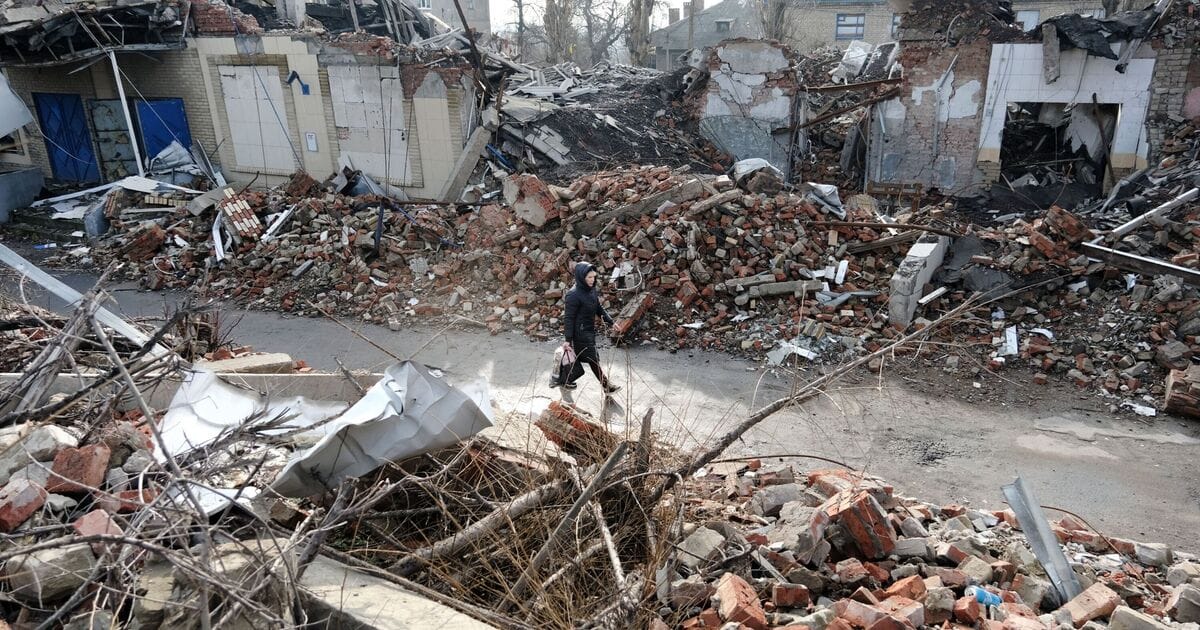The construction of the world’s longest immersed tunnel is set to cut journey times and transform travel between central Europe and Scandinavia.
An 11-mile-long concrete reinforced tube tunnel will connect the islands of Lolland in Denmark and Fehmarn in Germany.
The Fehmarnbelt tunnel is projected to cost a staggering £6.1 billion and is scheduled to be completed in 2029.
Both trains and cars will be able to use the underwater link, which will sit in a trench at the bottom of the Baltic Sea at a depth of up to 130 feet.
The project aims to connect Hamburg to Copenhagen more quickly, without the need for ferries.
Once completed train journeys between the two cities will be cut by two-and-a-half hours and take just 150 minutes.
Currently, the fastest route takes four-and-a-half hours and requires a ferry crossing between Puttgarden and Rødby.
Cars will need 10 minutes to transit the tunnel, while trains will cover the distance in just seven.
The tunnel is also a key component in the development of the Scan-Med corridor, a transportation network that spans more than 3,000 miles from Malta in the south to Finland in the north.
Work on the tunnel already started in 2021, when contractors dredged the bottom of the Fehmarnbelt over a distance of more than 10 miles to deposit pre-built elements.
The tunnel will consist of 89 standard concrete elements, each 712 feet long.
Each element will contain two tubes for the highway, two for the railroad and one for service access.
When complete, each element will be fitted into place in a trench 39 feet deep.
Denmark’s government is funding almost all of the construction costs of the tunnel, which it aims to recoup through toll charges.
The construction of the tunnel has faced opposition from environmental groups, who are concerned about the impact the dredging work will have on marine life.
Marine life in this area of the Baltic Sea thrives in clear water conditions, something the dredging of the sea bed to create the trench for the tunnel will disturb.





